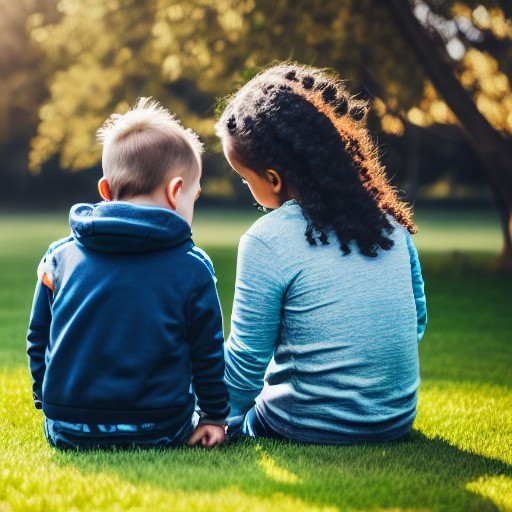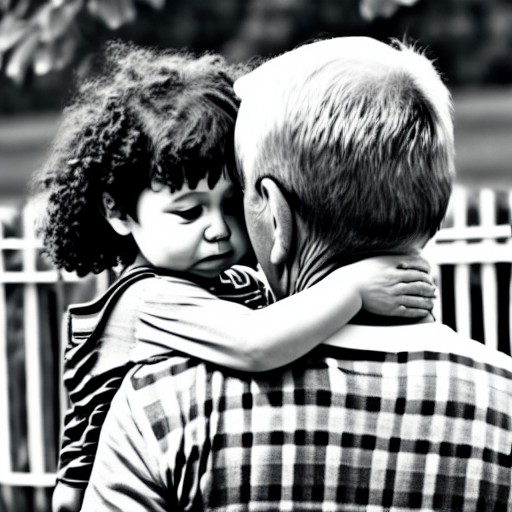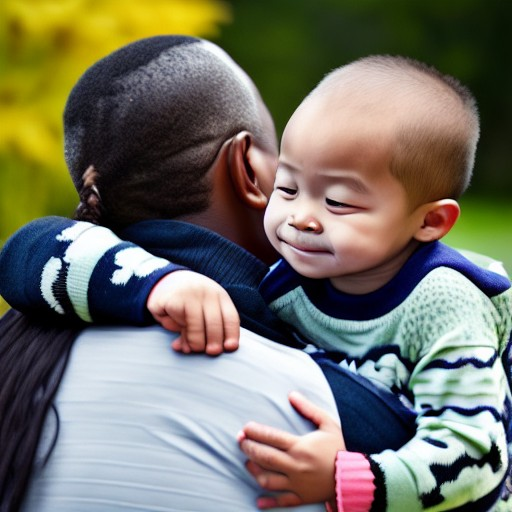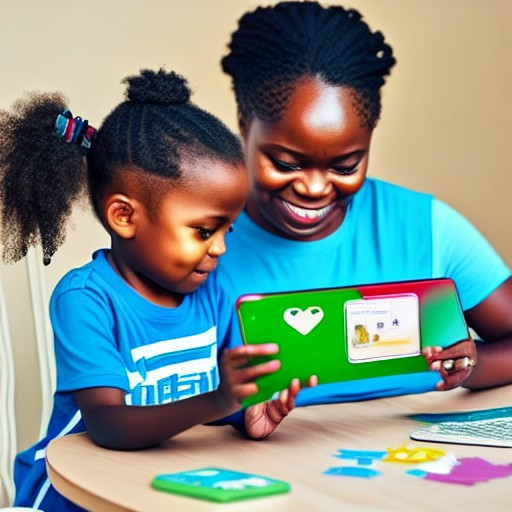Dealing with Separation Anxiety in Children
Introduction
Separation anxiety is a common and normal developmental stage in young children. It usually occurs between the ages of six months to three years old. However, for some children, separation anxiety can persist beyond this age range and become problematic for both the child and their caregivers. In this article, we will discuss some strategies that parents and caregivers can use to help their child cope with separation anxiety.

Understanding Separation Anxiety
Separation anxiety is a natural response to the fear of being away from a loved one or caregiver. This fear can cause distress in the child, leading to behaviors such as crying, clinging, and refusing to separate from the caregiver. Understanding that separation anxiety is a normal part of development can help parents and caregivers feel more confident in supporting their child.

Preparing for Separation
Preparing for separation can help ease the transition for both the child and caregiver. A consistent and predictable routine can help the child feel secure and less anxious. It can also be helpful to gradually introduce the idea of separation through short separations, such as leaving the child with a trusted family member or caregiver for brief periods.

Positive Goodbyes
Saying goodbye can be difficult for both the child and caregiver. It is important to make goodbyes positive and reassuring. This can include creating a goodbye ritual, such as a special hug or kiss, or leaving a small token with the child to remind them of the caregiver. It is also important to avoid sneaking out or prolonging the goodbye, as this can cause additional anxiety for the child.

Stay Connected
Staying connected with the child during separation can help ease their anxiety. This can include using technology to communicate, such as video calls or sending pictures and messages throughout the day. It can also be helpful to create a visual schedule or countdown to the next reunion.

Seeking Professional Help
For some children, separation anxiety can become severe and interfere with their daily life. In these cases, seeking professional help from a mental health professional may be necessary. A therapist can work with both the child and caregiver to develop coping strategies and provide support.
Conclusion
Separation anxiety is a normal part of development for young children, but it can be challenging for both the child and their caregiver. By understanding separation anxiety and implementing strategies such as preparing for separation, positive goodbyes, staying connected, and seeking professional help if necessary, parents and caregivers can help their child cope with separation anxiety and thrive.